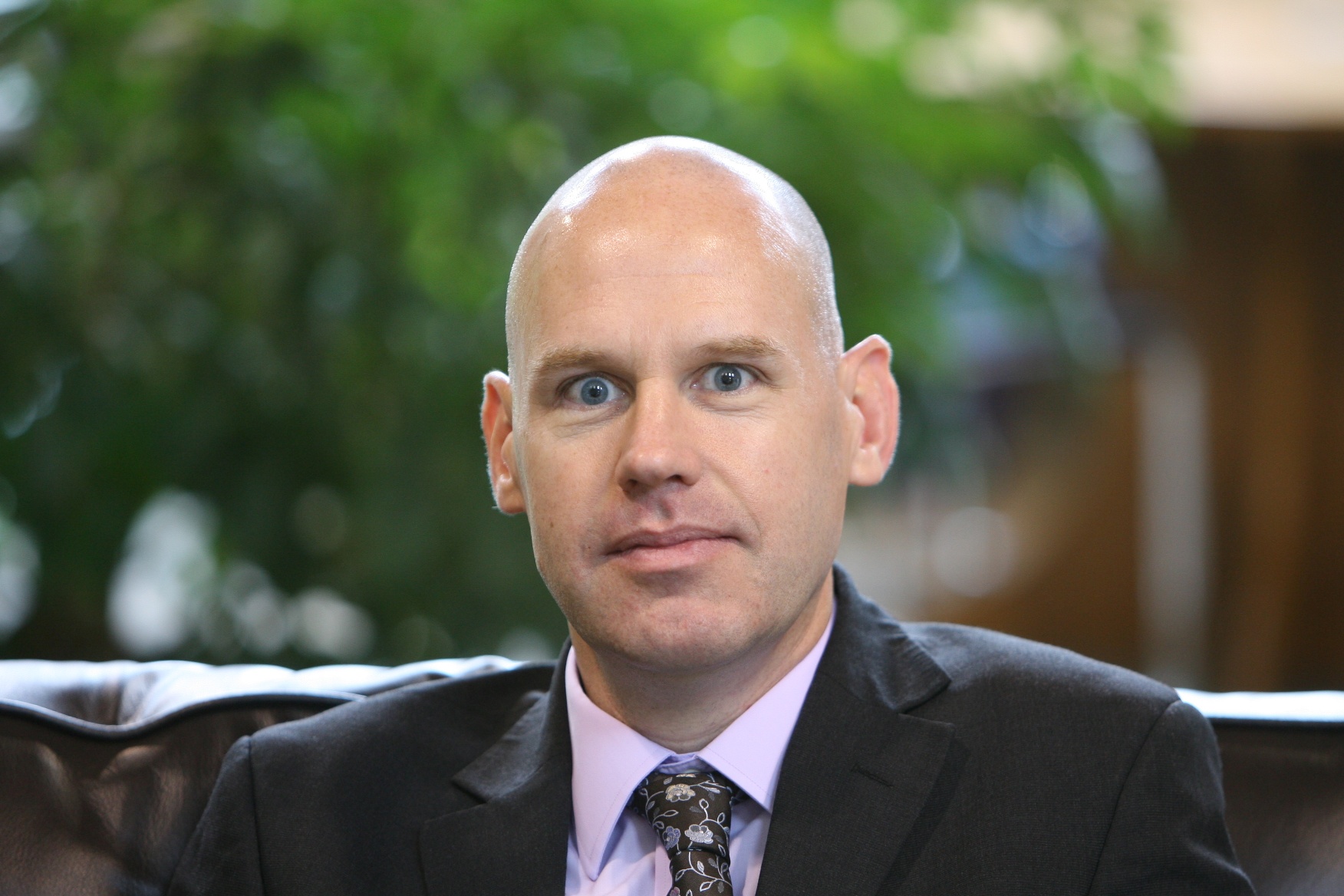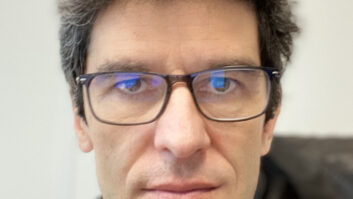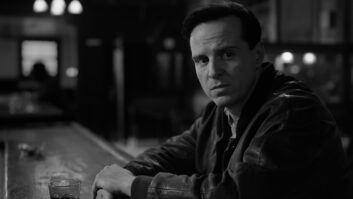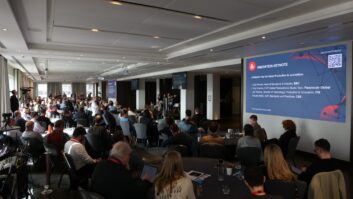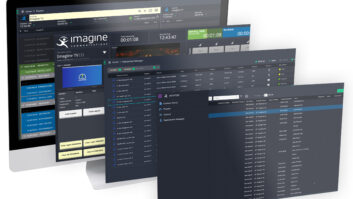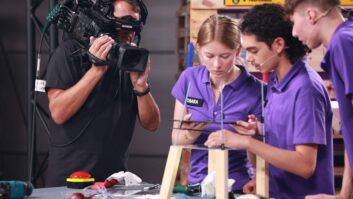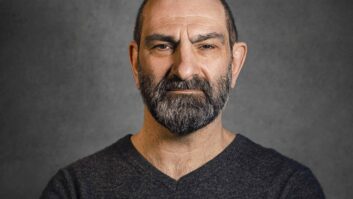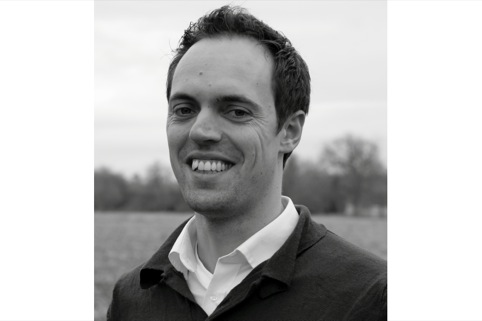
Too often, audio post takes second place to its video counterpart when it comes to talk of innovation. As part of our Audio for Broadcast focus, May’s Forum gathers leaders in the field of sound mixing.
Bad sound techniques can destroy a production just as readily as poor picture quality. So, where are we today with advances in audio technology? How have the ongoing loudness issues impacted on audio equipment makers? Is audio QC still down to the engineer’s ears?
To air their views, TVBEurope has invited (in alphabetical order) Sam De Pauw, VP, Salzbrenner Stagetec; Niall Feldman, director of new products, SSL; Henry Goodman, head of sales and marketing at Calrec; Andrew Hills, product director, Studer Professional Audio; Martin Kloiber, VP audio product management, Avid; DiGiCo’s VP of sales, Ian Staddon, and technical director, John Stadius, and Christian Struck (pictured), senior product manager audio production, Lawo.
TVBEurope: The Loudness discussion has occupied minds for some time. What role do manufacturers of audio equipment play in those talks?
De Pauw: Within the Salbrenner Stagetec group we delegated one of our employees to actively take a role in the EBU/PLoud sessions/discussions.
Feldman (pictured): Loudness has been the focus of both standards and legislation over the past few years. That inevitably has been both a source of concern for broadcasters and a source of opportunity for equipment makers. Being aware of, and involved in, standards discussions is important to anticipate what might be required, what may be desirable and, importantly, advise on what’s likely to be unfeasible. Loudness in Europe has been a good example of how standards can be usefully and efficiently progressed.
Goodman: The role of a responsible manufacturer is to anticipate industry trends and to create tools to help customers can avoid potential issues. This involves working very closely with customers, end users and industry bodies like the AES, the IPS and the IABM to keep abreast of changing policies. The loudness debate has been rumbling on since the mid-1980s, and it is only relatively recently that the EBU and the Calm Act have imposed specific levels. As manufacturers, we have a responsibility to ensure that our development initiatives provide our customers with the equipment to continue to do what they do best – creating interesting and absorbing content. We continue to keep a keen eye on the developing discussions concerning loudness content on mobile devices!
Kloiber: Equipment makers play a big role in the discussions. The broadcast customers face many challenges with loudness and level requirements and they communicate their needs and challenges to us. This is often at odds with what the content creators intended for their mix. In other words, movie mixes are created with a different dynamic range and for different play-out levels than commercials are produced for, and yet they often live side by side. Plus, there are many standards out there, each of them targets a different usage scenario. Our job is to try to integrate solutions that they ask for and make them seamless. For instance, in Pro Tools HD 11, we incorporated 17 different metering scales and ballistics that broadcasters and music mixers asked for, in addition to support for loudness metering with a host of plug-ins.
Struck: Even though the loudness discussion has been triggered by broadcasters and standardisation committees like EBU, it’s obvious that the manufacturers have a key role as they have to provide the loudness measurement-capable equipment. Since the algorithm has been kept fairly simple, the industry was able to implement the loudness tools quickly and without major difficulties.
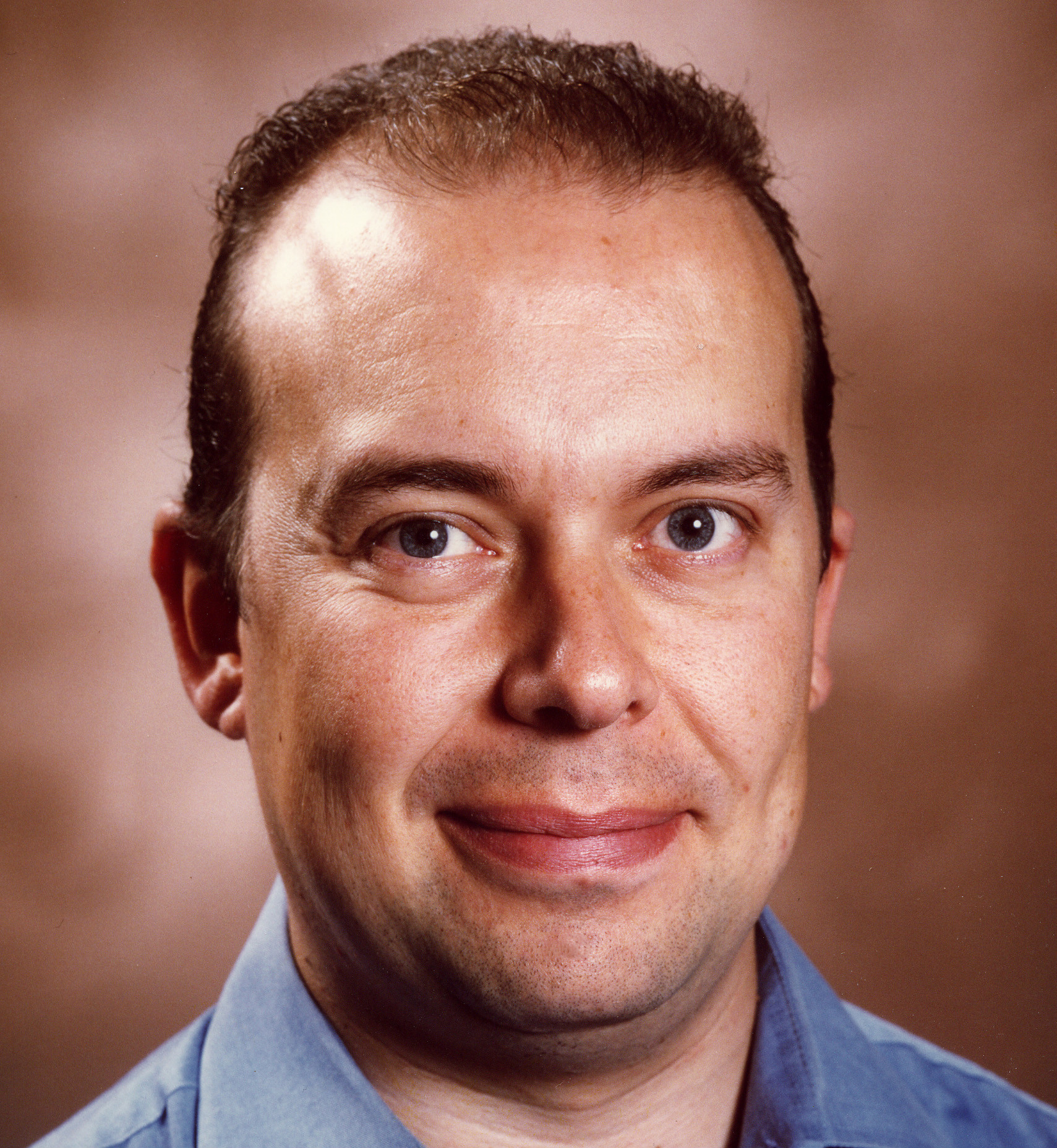
TVBEurope: Narrowing that down a little. Have you made any changes to your equipment/systems to handle loudness issues?
De Pauw: We incorporated loudness metering inside Nexus, this involved some hardware changes as well as specific software.
Feldman: SSL launched a metering product, the LMS-16, which provides a MADI connected, multi-channel loudness metering solution. This integrates with our digital consoles and can also be used as a stand-alone device. Based on MADI and using a HDMI video output, it is easily and usefully connected to plant routing infrastructures for a flexible loudness metering solution.
Goodman: Calrec has responded to increased global emphasis on monitoring loudness levels by incorporating comprehensive loudness metering into all its consoles. Loudness meters can be placed on to upstand TFT meter panels alongside regular audio level bargraphs, right in the operator’s line of sight, and can be assigned to main outputs, groups, auxes, tracks, external inputs and PFL busses. Each displays a variety of meters.
Hills: Studer Vista consoles are equipped with RTW loudness meters. The TM7 custom version includes different presets such as loudness metering according to ITU (BS1770 and BS1771), ATSC (A/85) and EBU (R128) recommendations in both stereo and surround. PPM bar-graphs with many international scales, moving-coil instrument emulation and audio vectorscope displays are included.
Kloiber (pictured): Our Broadcast DSP consoles have made changes to integrate third-party tools for loudness metering. We also have new tools to support loudness metering like our new Pro Limiter plug-in for Pro Tools. This supports loudness monitoring , while our new control surface S6 offers the ability to view many different metering standards on the Meter Bridge – as well as integrated scrolling waveforms. We also bundle plug-ins with loudness monitoring with our video editing software for broadcasters, Media Composer, as well.
Struck: Lawo was following the standardisation process very closely and, in addition, did in-depth scientific research on this topic. As an outcome Lawo was the first console manufacturer to implement all live broadcast relevant components of the loudness measurement standards in 2011. Unlike many others, our products can provide loudness measurement not only in master buses, but also in inputs and subgroups, which provides an extra benefit to the user.
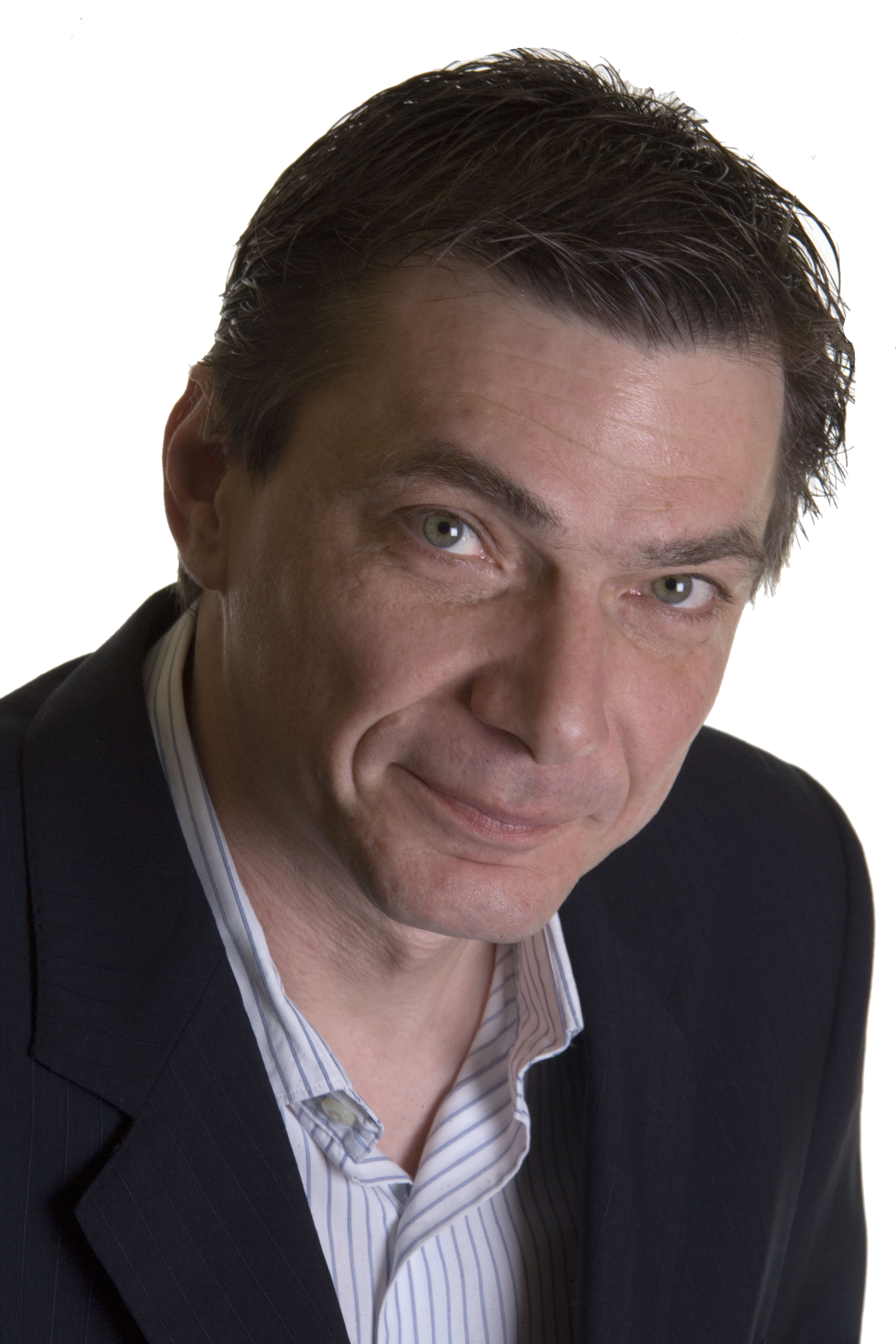
TVBEurope: Have you found that demands from broadcasters for audio consoles in general have changed over the past few years?
De Pauw: Customers expect more flexible and compact systems, both on the I/O as well as the consoles themselves. They also need larger amounts of DSP to cater for 5.1, stereo and international sound as well as total control from external systems.
Feldman: We have seen a move to smaller, more simple, broadcast production consoles over the past few years. We have also seen the rise in the use of production automation systems. This is partly the result of more capable processing making life easier for operators, plus a move of smaller stations from analogue to digital production technology.
Hills (pictured): We are seeing increased demand for broadcast production consoles across TV and radio applications. Users are demanding more integration with other third party systems.
Kloiber: Yes, they are typically looking for a smaller physical footprint and yet have a need for more channels/DSP processing to handle bigger multi-format audio productions. They also are looking for networked I/O and shared DSP in order to share between different rooms and consoles. They want flexibility and easy scalability. Especially in sports there has been also a push for smaller, but more powerful OB trucks and therefore they are looking for lighter weight equipment.
Staddon: Yes, the requirement of 5.1 processing alone affects many aspects of the consoles. Not least the channel count of the console, but also the need for up-mix and down-mix to and from stereo and of course monitoring. Interfacing to the video world seamlessly, either directly or through router system by the implementation of differing ‘protocols’ is an additional requirement.
Struck: Since the complexity of productions constantly increases, broadcasters request more and more tools that enable them to handle their daily business easier. Many of these requests refer to 5.1 workflows for productions with ever increasing channel count. In this context it is obvious that there will be a need for state-of-the-art consoles capable of managing these challenges in the future.
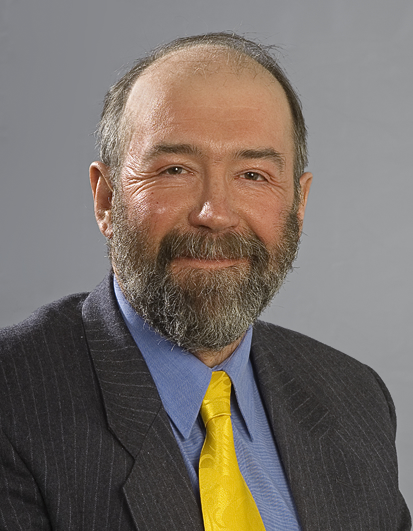
TVBEurope: Is the ability to provide conversion of stereo signals to surround sound now a standard feature on most consoles?
Feldman: Yes, all SSL’s broadcast consoles have supported surround operation for many years. Managing up-mixing and downmixing to maintain a consistent surround performance from all types of production source is an essential part of a modern broadcast production console’s capabilities.
Kloiber: Yes – definitely. Previously stereo was the dominant format. Now 5.1 multichannel mixing is common and stereo downmixes can be generated automatically, if the user decides to do so. System 5-B offers this functionality across many formats. Pro Tools also offers built-in downmix capabilities.
Struck: From our perspective this is a must for a modern, 5.1 capable desk. Lawo introduced its AMBIT upmix functionality in 2010.
TVBEurope: Is there an increased call for audio-over-IP applications? Do audio-over-IP applications require different mixers/mixing techniques?
De Pauw: Audio over IP is integrated through our Nexus routers. We keep all core routing within the TDM since it provides zero latency. Having to deal with a combination of low latency audio over IP signals with low latency signals coming to the mixer won’t make the sound engineer’s task easier.
Goodman: With specific reference to consoles, the art of mixing hasn’t changed. Connectivity, with particular reference to control protocols and interoperable standards, has provided the most exciting possibilities. This is the Holy Grail – a networking standard that allows the use of a single high capacity network for all of a broadcaster’s infrastructure, with equipment monitoring and control protocols, together with some kind of system management, with all the equipment being able to talk to all of the control protocols on the network irrespective of its manufacturer. The management of these exciting resources is one of the most important challenges facing all manufacturers in the broadcast arena at the moment.
Staddon (pictured): Yes to a certain extent, but there may still be a degree of nervousness about who in the engineering world has ultimate control of the system. Is it IT or audio? Many places still want to keep the two domains separate. Our optical system allows us to be standalone as well as interface with other formats for networking.
Struck: There is definitely an increased call for audio-over-IP applications. Almost all major broadcasters make their head around future workflows and infrastructures. With AES67 this development will get another push. Lawo’s broadcast products are already fully compliant, since AES67 is basically a sub-set of the RAVENNA audio-over-IP specification. Even if audio-over-IP includes extra challenges for the audio and the IT departments, it’s our philosophy to seamlessly integrate audio-over-IP capability into our products in order to keep mixing techniques as intuitive as today.
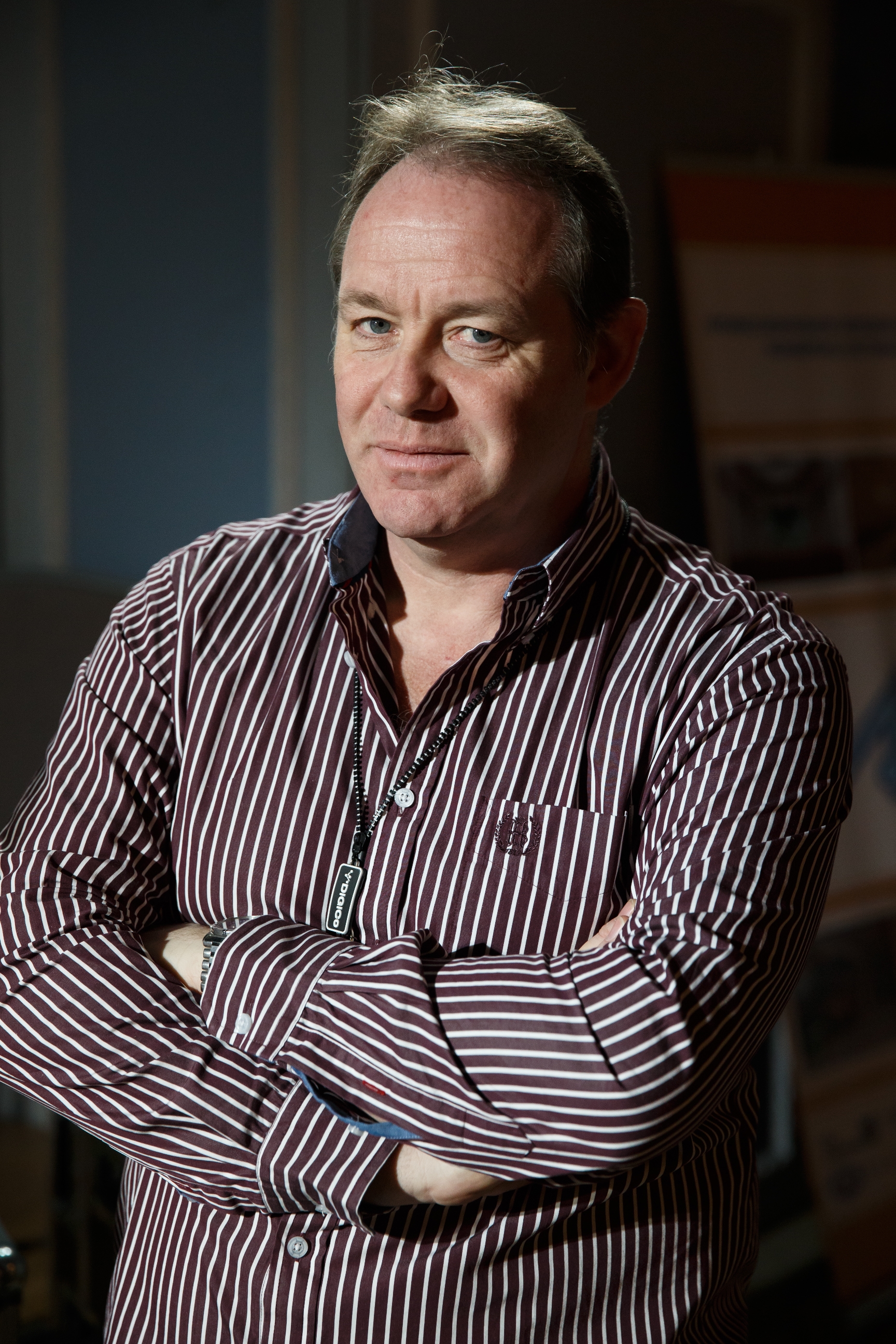
TVBEurope: Where do you stand on the pros and cons of CPU processing as compared with SHARC and FPGA chips?
De Pauw: CPU processing gains momentum, but mainly for external plug in servers. Broadcasters expect their systems to be up and running in seconds and can’t wait for an OS to load. FPGA, as opposed to SHARC, is more of a strategic decision; and we use both in our systems. FPGAs allow a large number of processing channels on a single chip, for some applications that’s exactly what you need. Using SHARCs, however, allows us to create more modular systems.
Feldman: We been have pioneering the use of native CPU DSP in some of our digital products, but we also extensively use SHARC and FPGA processing in others. All three technologies have their extensive pros and cons for design and manufacture, We’re not sure that a user would appreciate (or care about) many of these, other than appreciating the speed of support and processing power evolution that using CPU processing promises. At the end of the day provided that the software has been compiled correctly, a filter coefficient calculation should give the same result, regardless of the hardware platform on which it is executed.
Goodman: Calrec is firmly of the opinion that FPGAs are the only viable option for large-scale DSP processing. There are applications where using FPGA couldn’t be justified economically, but it comes into its own when there are hundreds of channels of audio to be processed. The twin advantages are sheer power – Calrec’s Bluefin2 implementation provides over 1000 channels of processing, with no sharing of resources – and resolution and dynamic range. When Calrec looked at the maths, using fixed point rather than floating point on FPGA allowed us to vastly improve on the performance of off-the-shelf DSP cards.
Hills: SHARC and FPGA chips have been widely used for large-scale audio processing and mixing. However, the industry has found it rather difficult to implement flexible audio processing in FPGA chips because making one small code change can mean a complete code retest of the whole system. Studer offers field configuration of the signal processing, this is not practical with FPGA technology. The development in processing power of CPU chips has vastly exceeded that of SHARC chips in the last 15 years (4000-fold for CPUs against 22-fold for SHARC chips). Now the availability of standard hardware and the latest multi-core CPU chips is able to offer many hundreds of channels of audio processing with low latency. CPUs offer the most flexible of DSP engines, which we can expect to grow (without complex and costly hardware redesigns) as the CPUs continue to get more powerful.
Stadius (pictured): Most CPU based audio processors use multi-core devices. The main control operating system (Windows, Linux etc) runs on one core, while the others are dedicated to realtime audio processing. This has the advantage that it’s all on one chip. However, this can also be a major disadvantage. If you ever get an application error requiring a reboot, it will also reboot the audio. Having a separate DSP or FPGA system prevents this, and keeps the audio flowing all the time. A CPU based audio engine also relies on only having one block of common memory. This has to be shared by the operating system and the audio processor. This can be a major bottleneck when large amounts of audio delay are required. A CPU based processor requires far more power than a FPGA processor. A SHARC/DSP system is comparable to a CPU one. Finally, a CPU based processor is generally more expensive that its FPGA equivalent.
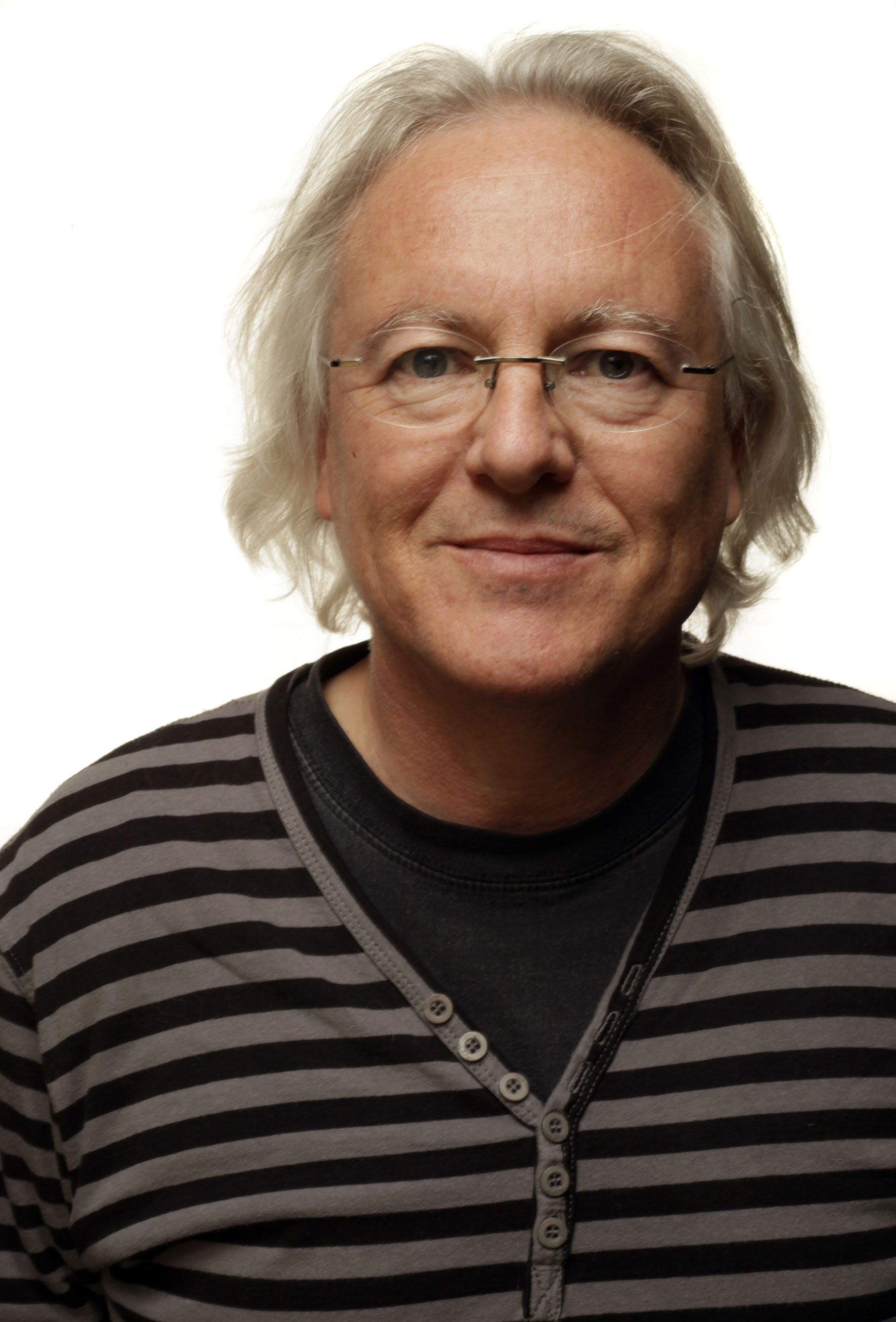
TVBEurope: Is the best QC still the engineer’s ears? Or are automated audio QC procedures now fail-safe?
Goodman: We have spent a lot of time and research with customers across the globe to develop our GUI, especially on our latest line of consoles. Our EQ facilities are easy to manipulate and very visual, but in a high-pressure environment of mixing a live show, the best QC is still the engineers ears, and having an accurate listening environment is as important as it ever was.
Kloiber: The engineer’s ears and eyes are still the best judge (as they can see the waveforms of the stems as well). Offline rendering is now possible and can be used for faster than realtime deliveries if needed.
Staddon: These two are harder for us to reply on, but in real terms the QC is designed as a failsafe to fit in with levels and should not be used to replace the artistic ability of the mix engineer. Mixing by numbers never delivers the same end results for the viewer.
TVBEurope: Have developments in other associated equipment – such as routers and networking systems – meant changes in consoles?
Feldman: Consoles are no longer the hub devices they once were. They still bring together many signals and processes. However, they are also key components in generating content for significant and complex distribution systems. Consoles now need to interact and communicate with other complex production systems, such as automation, routing and comms systems. These complex demands have lead to consoles with integral networked routing being commonplace and support for router and control protocols a necessary feature.
Hills: All of our consoles have been part of a network for some years with our Re-Link I/O sharing system. But to handle the increased channel count of this new mixer we have also developed a new expanded I/O system called D23m. This uses a new up to 1500 channel super high capacity audio interface called A-Link. We have also developed in collaboration with Riedel a distributed router, also using A-Link interfacing, capable of routing in excess of 10,000 audio signals.
Staddon: Not so much from a processing point of view, but more on an interface level, with the in-built routing as well as the integration of different protocols allowing for external control, automation, label transfer and so on.
Struck: Networked audio systems, as originally introduced by Lawo, have been path-breaking and influenced workflows, as well as console designs. This puts us in a comfortable position for the next step in broadcast, which we see in the transition to a complete end-to-end IP-based workflow for both audio and video.
TVBEurope: What is the next big innovation to be introduced into audio mixers?
De Pauw: Flexible, console-independent modular DSP cores that can be tailored on the fly and provide any number of channels you need. Mixing consoles that instantly connect to a network and can be complemented by a variety of network enabled devices, integrated with facility-wide non-blocking I/O routers capable of routing and processing any media format with over 10,000 I/Os.
Goodman (pictured): For many broadcasters, a decline in training resources and a general de-skilling of specific job roles has lead to a requirement for much simpler interfaces. While broadcasters will still require broadcast features and the reliability they expect from broadcast specialists like Calrec, they may not necessarily need a vast array of facilities to hand. We feel that simpler consoles which ease operators through their mix will be increasingly useful in specific broadcast environments like local news, or in developing regions.
Hills: We work closely with our customers to constantly deliver new innovations. We have just launched one of the most comprehensive and powerful mixing systems in the world; the Studer Infinity System and the Vista X console. This new Infinity Processing technology is expandable and currently capable of 800+ audio channels able to manage up to 10,000 inputs and 10,000 outputs.
Kloiber: You will see more integrated touch screen technology (much like our S6 surface), although faders, knobs and switches are still absolute requirements. Smaller footprints and networkable I/O and DSP are in the future for sure.
